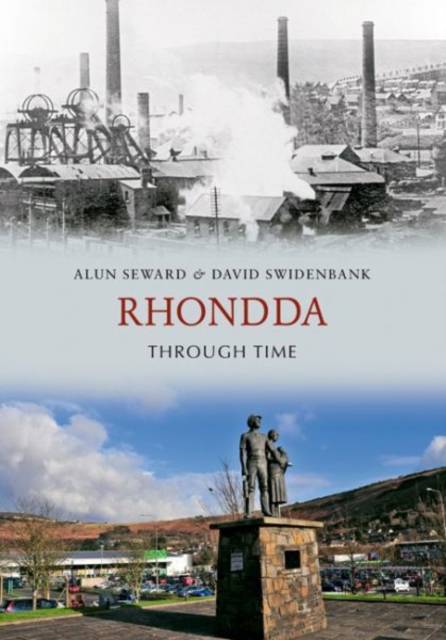
- Afhalen na 1 uur in een winkel met voorraad
- Gratis thuislevering in België vanaf € 30
- Ruim aanbod met 7 miljoen producten
- Afhalen na 1 uur in een winkel met voorraad
- Gratis thuislevering in België vanaf € 30
- Ruim aanbod met 7 miljoen producten
Zoeken
€ 22,45
+ 44 punten
Omschrijving
The casual visitor travelling through the towns and villages that make up the Rhondda Valleys today would find it hard to imagine the once lush mountainsides and forests for which this part of Glamorgan was known. Few images exist of this forgotten rural landscape in the early part of the nineteenth century, before it was carved away in the wake of the country's demand for coal. For many years the name Rhondda has become a stereotyped image of collieries and poor quality housing surrounded by slag heaps. With coal no longer king, the people of the Rhondda Valleys have had to adapt to new ways of working and living. The images in this book look at how the towns and villages of the Rhondda Valleys have moved on through these years of dramatic social and industrial change, losing the old stereotype but not forgetting its heritage on the way.
Specificaties
Betrokkenen
- Auteur(s):
- Uitgeverij:
Inhoud
- Aantal bladzijden:
- 96
- Taal:
- Engels
- Reeks:
Eigenschappen
- Productcode (EAN):
- 9781848687608
- Verschijningsdatum:
- 15/04/2010
- Uitvoering:
- Paperback
- Formaat:
- Trade paperback (VS)
- Afmetingen:
- 165 mm x 231 mm
- Gewicht:
- 249 g

Alleen bij Standaard Boekhandel
+ 44 punten op je klantenkaart van Standaard Boekhandel
Beoordelingen
We publiceren alleen reviews die voldoen aan de voorwaarden voor reviews. Bekijk onze voorwaarden voor reviews.











